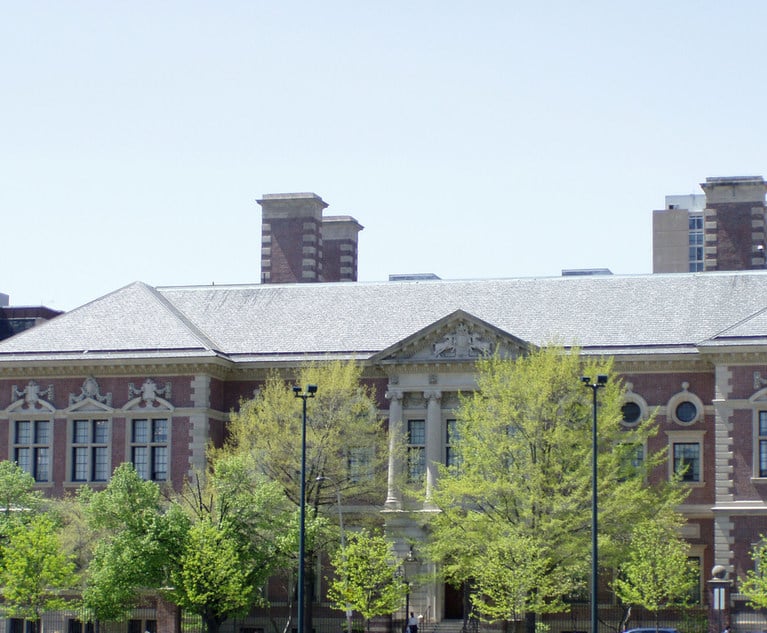Andy Cornblatt, the dean of admissions at Georgetown University Law Center, was speaking on a panel for college pre-law advisers last spring when another presenter’s statistic caught his eye.
More than half of law students started thinking about pursuing a legal career back in high school or earlier, according to an extensive national survey conducted by the Association of American Law Schools and the Gallup Organization. He got to wondering, just how many minority and economically disadvantaged high school students never even consider law school because they have no sense of how to pursue that path or what lawyers actually do? Getting law school on their radar in high school could put a dent in legal education’s persistent diversity problem, Cornblatt thought.


 Georgetown University Law Center Dean of Admissions Andy Cornblatt speaks to seniors at North Star Academy in Newark in November.
Georgetown University Law Center Dean of Admissions Andy Cornblatt speaks to seniors at North Star Academy in Newark in November.






